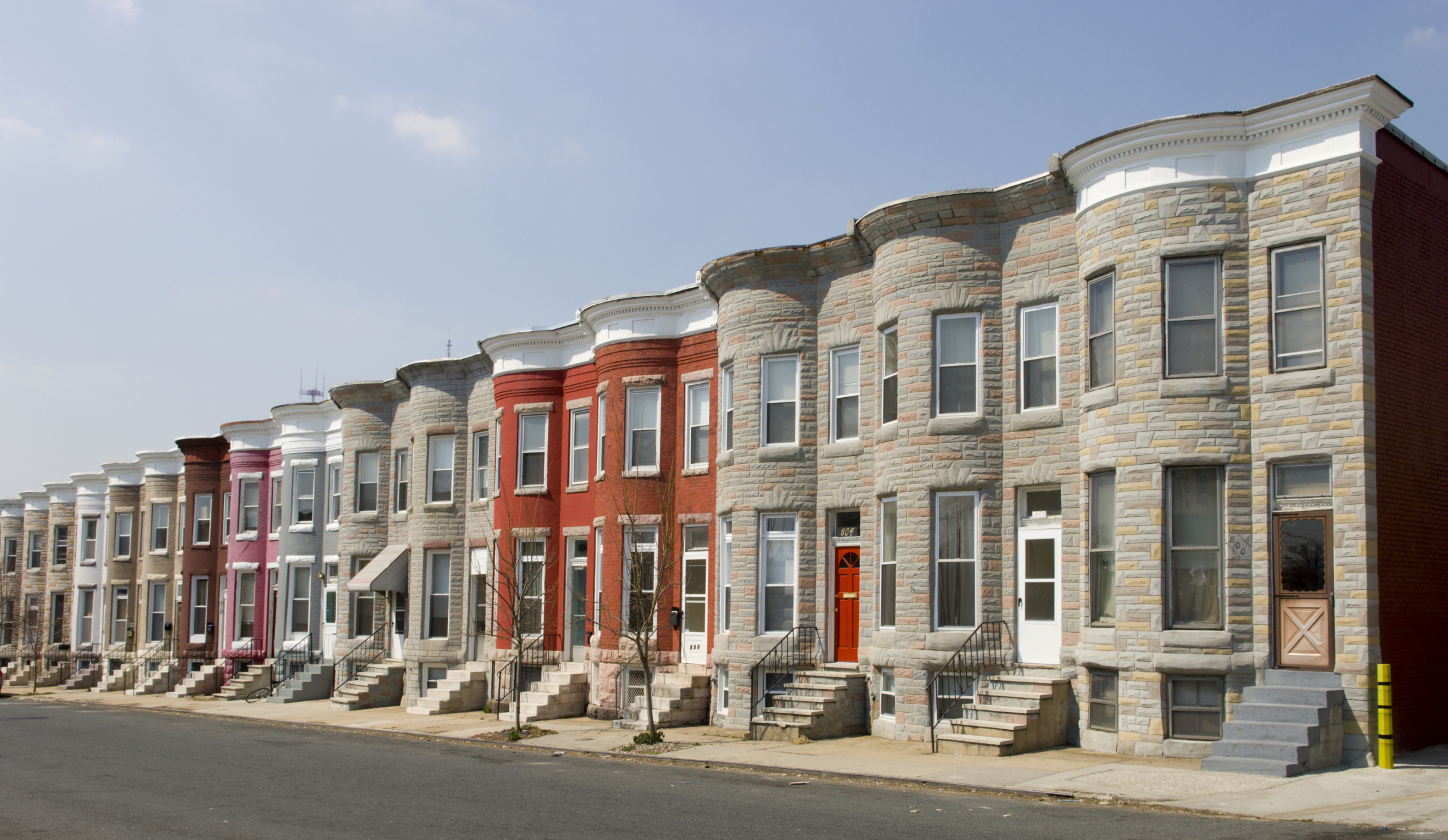
Applying DOE’s proposed energy efficiency standard to furnaces in rowhouses would be counterproductive.
A few years back, I helped lead a research project on improving energy efficiency in buildings for the U.S. Department of Energy (DOE). My team had a motto that I translated into Latin: “planto is imitabilis, planto is vilis, tunc planto is mandatum,” which basically means “make it hipper, make it cheaper, then make it mandatory.”
Eventually, government has to draw a line and make certain things mandatory. But sometimes rules need to bend and they need exceptions to achieve the greater good.
This March, DOE proposed a new federal rule that would raise the mandatory energy efficiency standard for residential furnaces that can be sold nationwide. The current standard is 80 Annual Fuel Utilization Efficiency (AFUE), an efficiency rating that allows a homeowner to install a non-condensing furnace. Non-condensing furnaces employ what is called “net negative vent pressures” – and the key thing is that they require either masonry chimneys or metal vents that are installed vertically. These vertical chimneys exist in nearly all of Philadelphia’s rowhouses.
DOE’s proposed rule would raise the efficiency standards for residential furnaces to require a minimum of 92 AFUE, a much higher rating. At that level of efficiency, the combustion exhaust now drifting up through Philadelphia’s thousands of rowhouses would no longer be hot enough to rise out of the chimney. Instead, it would condense – or form drops of water – in the vent. As a result, people would have to purchase condensing furnaces, which use plastic, pressurized, gas-tight venting that is typically installed horizontally and requires blowers to exhaust combustion products and condensate drains to operate properly. These additional venting requirements add significantly to the cost of installation.
That’s a kick in the head for Philadelphia’s 400,000 rowhouses. The same features that make rowhouses energy-efficient – their party walls and small roof-to-area ratios – put constraints on homeowners’ ability to install the condensing furnaces needed to meet the new efficiency ratings. The bottom line: replacing a non-condensing furnace with a condensing furnace in a typical Philadelphia rowhouse will cost much more than just the price of a new furnace. It will also require abandoning the existing venting system, creating a new venting system, making structural changes to accommodate a new venting system path, and relocating the furnace to meet the code and installation requirements of the new condensing furnace system.
These additional costs are likely to result in a number of undesirable side effects. For example, they will almost surely lead many rowhouse owners to put off installing new non-condensing furnaces that would be more efficient than their current ones. Instead, we can expect owners will hold onto their existing furnaces well beyond their safe operating life — or perhaps switch to alternative heating systems that may be less safe or less economical (or both) than higher efficiency non-condensing furnaces.
In effect, the highly efficient rowhouse building type would be penalized by a mandate to use a technology that costs more in a rowhouse than a ranch house – when the rowhouse is already more energy efficient just by design. DOE rules should acknowledge the advantages of the rowhouse building type while still requiring improvements when feasible.
One way to do this would be to treat condensing and non-condensing furnaces as two separate product classes, with different efficiency standards for each. Another way would be to adopt a provision allowing the installation of non-condensing furnaces with optimal AFUE ratings in building types that meet threshold energy performance levels, such as rowhouses. This second option would recognize the fact that a rowhouse with a less efficient non-condensing furnace still consumes less energy for heating than a free-standing home with the more efficient condensing furnace.
Total energy efficiency performance is the ultimate goal of DOE’s proposed rule, and the public interest would be poorly served by creating a disadvantage for the rowhouse, one of the most efficient building types in the country.
Editor’s note: DOE is accepting comments on its proposed rule until July 10. Comments may be submitted online.




